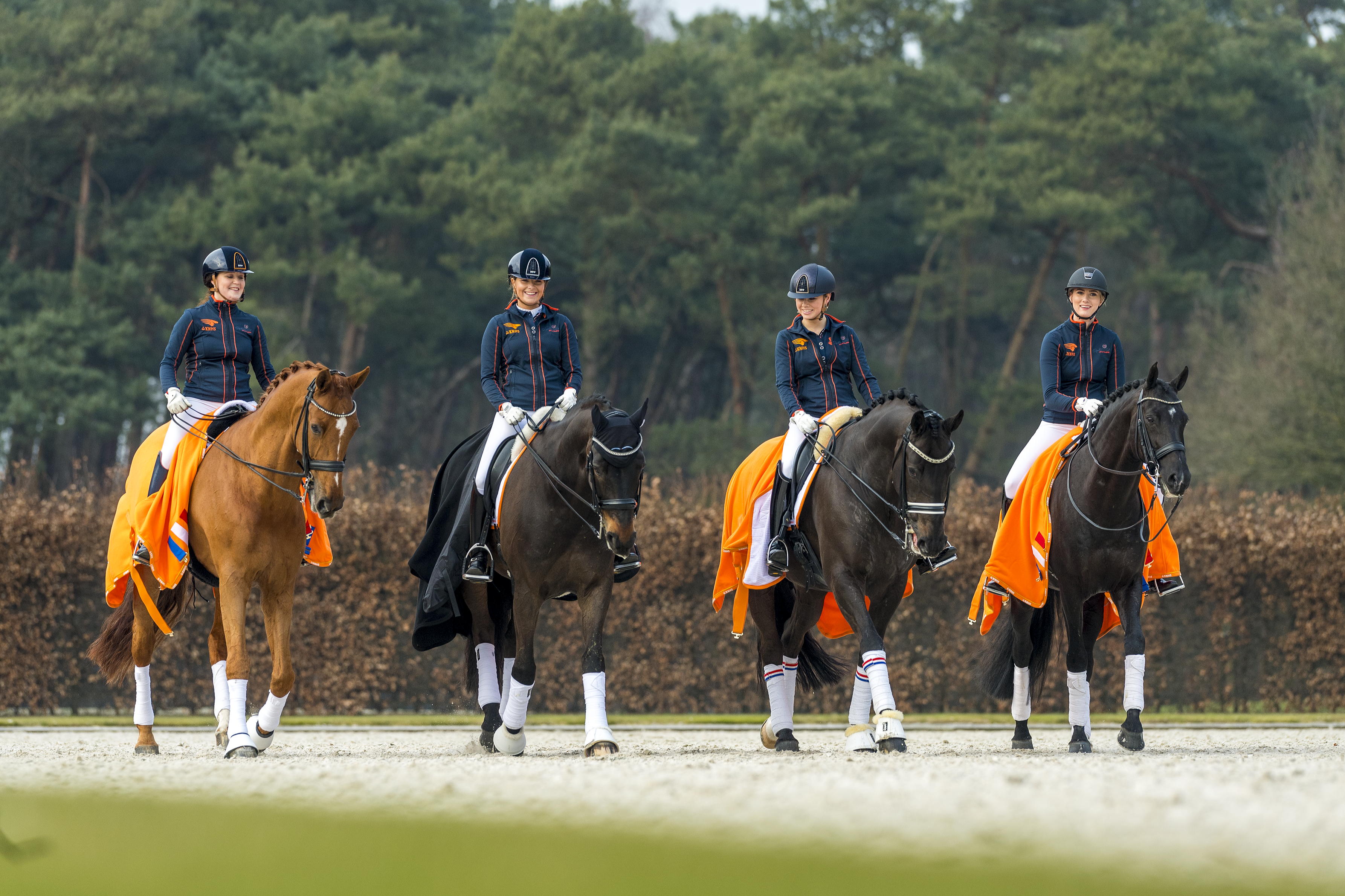When training horses correctly, we improve and progress over time, but day to day it sometimes feels as if we’re taking a step backward. This is normal. There are steps you can take to avoid frustration for you or your horse, which I will now describe.
Horses are like us. If I’m in the gym, some days I feel stronger, looser or more motivated than others. I must adjust my workout for what my body is telling me to do. With horses, we need to do the same. When you go through your warm-up, you figure out how the horse feels and you can adjust what you do that day.
Pinpoint What to Work On
Be aware of what your horse’s strong points and weak points are. Your trainer can help you discover them. If you are sitting on the horse for the first time, you may or may not be able to figure out his weaknesses quickly. As you have more of a relationship with the horses that you ride you will know where the weaknesses are and where to zoom in first. For example, if the horse is lazy, then you may need to make him respond quicker to your leg aid. If you have a horse who is weak bending one way or the other, you may need to work on that. For example, a horse may be weaker bending to the left, so I make sure there are no soundness issues first. You may notice he wants to put the left hind leg slightly to the left instead of underneath you. Therefore, you focus on training to make the left hind leg better aligned, which will improve the left bend. You must repeat exercises to put the left hind leg underneath the horse, such as circles to the left or the leg yield to the right.
You must find where the problem is, and sometimes it takes time to figure this out. Also, you must be flexible enough to change your approach if you realize that your original plan is not working. Reevaluate as you move forward and see which problems are solved and if any new ones have arisen.
You can use the Training Scale to guide you:
• Is the horse rhythmic?
• Is he supple and relaxed?
• Is he connected?
• Does he have sufficient impulsion?
• Is he straight?
• Is he collected to a degree appropriate for his level?

As an Amazon Associate, Dressage Today may earn an affiliate commission when you buy through links on our site. Products links are selected by Dressage Today editors.
Address your own weaknesses as well. For example, are your leg aids as organized as they should be? Is your core as strong as it should be? Are you coordinated or should you focus on the independence of your seat? In dressage there is no such thing as a perfect ride, so there must be something that can improve.
Video for Success
Video is a fantastic tool to objectively look at yourself and the horse as a combination. I like to see a video of myself riding once or twice per week to look at the overall outline of the horse and if he carries himself through the ring in the appropriate balance for the level we are training. You can also look in the mirror, but you go by so fast that it can be deceiving. I have a much easier time seeing the overall picture when I sit in front of the TV or my computer screen.
You don’t necessarily need to video your whole ride. Video a minute or two of a weakness in your program, maybe in the warm-up or during a movement. Look at exactly what goes on with you and the horse to see what you can improve. Also, look at something you are super at. See the overall picture and be proud of what you do well.
Make a Plan
Utilize the Training Scale to address the weaknesses in your horse along with what you see in the video and then you can make a plan. I am tough on myself and I expect my students to be tough on themselves and look objectively at where the issues lie.
Sometimes you apply more pressure as you approach a higher level, and horses can react to that. It’s important to ask yourself where your horse’s frustration might come from. Is the problem in his body or in his mind? Do I need to have the vet check something out or is the horse confused and sorting out what the aid means? You may need to back off a few days with your demands to get on track again. Give the horse time to sort through his body and mind when you progress. This takes patience and confidence from the rider.

)
To help avoid frustration, I find a day during and at the end of the work week when I do less-demanding work, such as a trail ride. The horse cannot give 100 percent every day, so this gives you a way to keep him happy and get the most out of the rides so you can progress in the long term as a pair.
Jan Brons was born in The Netherlands. After completing his education at the Dutch Equestrian Center, he moved to the U.S. and started JB Dressage, Inc., in 2001, based in Wellington, Florida. He worked for more than a decade with Robert Dover as well as Linda Smith and Anky van Grunsven. He has many national titles from young horses through Grand Prix.











